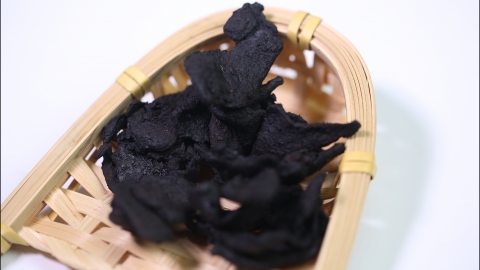Can Rehmannia glutinosa (Shu Di Huang) and Tribulus terrestris (Sha Yuan Zi) be used together with Paeonia lactiflora (Bai Shao)?
Generally speaking, Sh熟地黄 (Rehmannia root) and 菟丝子 (Cuscuta seed) can be used together with 白芍 (Paeonia root), but medical advice should be followed. Detailed analysis is as follows:

Sh熟地黄 has a sweet and warm nature, enters the liver and kidney meridians, and is effective for nourishing blood, enriching yin, replenishing essence, and marrow. It is a key herb for enriching yin and blood, nourishing liver and kidney yin, and replenishing essential marrow. 菟丝子 also has a sweet and warm nature, enters the liver and kidney meridians, and functions to tonify the kidney and consolidate essence, as well as nourish the liver and improve vision. It strengthens kidney essence and nourishes liver blood to enhance vision. 白芍 has a sweet and slightly cold nature with a slightly sour taste, enters the liver and spleen meridians, and can nourish blood and regulate menstruation,敛阴止汗 (conserve yin and stop sweating),柔肝止痛 (soothe the liver and relieve pain), and 平抑肝阳 (balance excessive liver yang). It not only nourishes liver blood but also soothes liver qi and alleviates spasmodic pain. When these three herbs are used together, Sh熟地黄 focuses on enriching yin, nourishing blood, and replenishing essence and marrow; 菟丝子 primarily functions to tonify the kidney, consolidate essence, nourish the liver, and improve vision; 白芍 specializes in nourishing blood and soothing the liver. Together, they complement each other in nourishing liver and kidney yin and enhancing liver blood, thus enhancing the effects of nourishing liver and kidney and enriching blood. They may help regulate symptoms caused by liver-kidney yin deficiency and insufficient liver blood, such as dizziness, blurred vision, weakness and soreness in the lower back and knees, and irregular menstruation.
Sh熟地黄 has a strong greasy nature, and excessive or long-term use may impair the stomach, leading to indigestion and abdominal distension. Therefore, it should be used cautiously or combined with spleen-strengthening and Qi-regulating herbs in patients with weak spleen and stomach or poor appetite. Although 菟丝子 is mild in nature, it is not suitable for excessive use alone in individuals with yin deficiency and fire hyperactivity. The dosage should also be carefully controlled when combined with Sh熟地黄 and 白芍. The combined use of these three herbs should be adjusted according to individual constitution and specific symptoms, and must not be used blindly. It is best to use them under the guidance of a TCM physician to ensure safe and effective medication.




